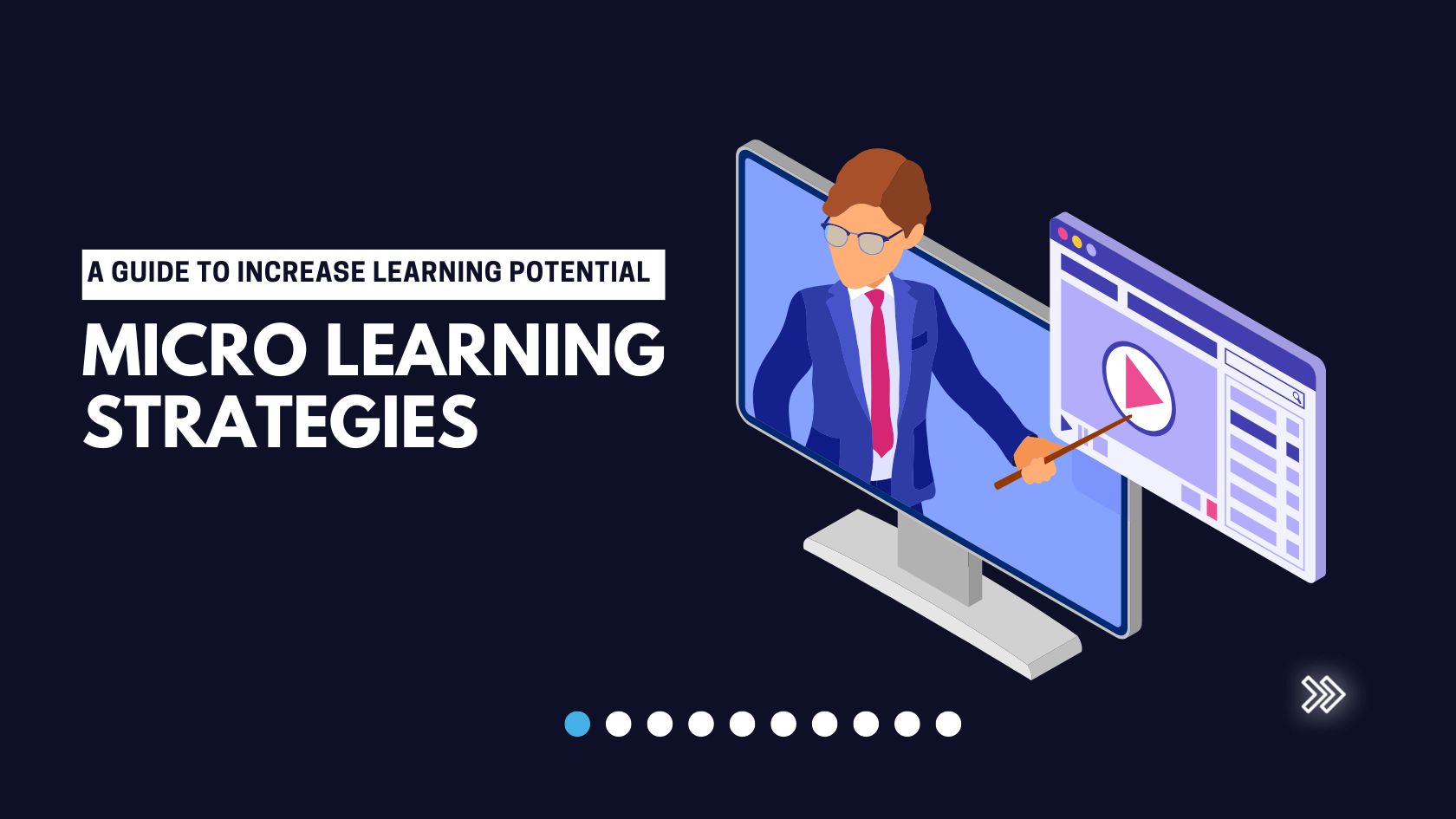Can Google Apps Unseat Microsoft in the Enterprise?
Microsoft has long been king of the enterprise software arena via its Microsoft Office suite which just about every home and enterprise runs. But Google Apps has been encroaching on this territory via its software-as-a-service (SaaS) model.
Late to the SaaS party, Microsoft introduced Office 365 in mid-2011.The power of Microsoft's installed based was demonstrated by the fact that Office 365 surpassed the one million user mark in just 100 days. But it still has a long way to go to catch up in the cloud.
Google Apps boasts 50 million users and more than 5 million businesses, including 74 of the top 100 universities in the U.S. The solution is sold by a community of more than 6,000 Google Apps resellers, according to Google spokesperson Tim Drinan.
Google Apps Riding Cloud Wave
These numbers are driven by the rapid adoption of cloud and mobile technologies. Google Apps was designed from the ground up to work across desktop, tablet or mobile device. Users can start where they left off in an application on a new device in a new location.
With such traction, Google clearly has Microsoft on its toes as cloud computing continues to gain popularity. One study by Grovo.com found that 70 percent of business users follow Google Apps for daily product updates, compared with 41 percent for Office 365.
A recent Gartner report “Google Upsetting Microsoft's Cloud Office System Ambition,” noted that Google is winning one-third to one-half of new, paid, cloud-based office system seats. When considered alongside Gartner's prediction that cloud penetration will grow from 6 percent of the market in 2012 to 65 percent of the market by the end of the decade, the trend poses an obvious threat to Microsoft’s long dominance in the office productivity sphere.
Office 365's Momentum
Tracy O’Dowd, senior marketing manager at Microsoft Corp., counters by pointing to Office 365 as Microsoft’s fastest-growing commercial product ever. The Office 365 business is now on a $1.5 billion annual revenue run rate, she said.
Long term, Microsoft isn’t planning to ditch its successful on-premise offerings any time soon. O’Dowd said the company is committed to offering customers choice and flexibility in how they experience Office, whether it’s on premises, in the cloud or somewhere in between.
“The vast majority of people and businesses prefer Office, and our business has never been stronger,” said O”Dowd. “Only Microsoft offers familiar Office tools in the cloud, respect for file integrity and design when documents are edited by multiple people, and enterprise class security and privacy.”
She highlights that point by citing several companies that have ditched Google Apps in favor of Office 365. The list includes Arysta LifeScience, Nature & Découvertes, MICCO Group, SEPCOIII, DP Architects, and FHI 360.
Meanwhile, Google’s Drinan drops names such as Woolworths (Australia’s largest retailer with 200,000 employees), BBVA (Spanish bank, 110,000 employees), U.S. Department of the Interior (federal agency, 90,000 employees), Roche (pharmaceutical research company, 90,000 employees) and Ahold (international food retailer, 55,000 employees) as large enterprises that moved to Google Apps.
Within the massive Google Apps Marketplace, Google extends its capabilities by partnering with a large number of vendors and developers. One such company is OrangeScape with its marquee product, KiSSFLOW.
Google Apps vs. Microsoft Office 365
Suresh Sambandam, OrangeScape founder and CEO, believes that Google Apps has gained the most ground in industry segments like media and advertising which are more cloud and mobile device oriented. On the other hand, he said, Microsoft maintains the upper hand in highly regulated industries like health care, energy and insurance.
“Google has the best price/performance advantage as it stands today,” Sambandam said. “However, I have seen Microsoft undercut prices significantly on strategic deals.”
He believes Google Apps will eventually unseat Microsoft Office in-house software in the enterprise. But he sees the transition happening gradually, like the slow erosion of market share experienced by the mainframe and tape backup.
So what does Microsoft have to do to counter Google Apps' growth? Sambandam said a rethink is in order, which would include re-engineering its Office productivity suite from the ground up to fully embrace the cloud.
“That might create a dent in traditional license revenue in the short term, but in the long term Microsoft can win as its Office Suite on Desktop is clearly much more feature rich, especially Excel,” he said. “If they can really bring the power of desktop features to the cloud, there will be lot of takers.”
Undoubtedly, Microsoft is working hard on such a program. But don’t expect Google to rest on its cloud laurels either. In September, Google entered the thorny world of compliance by offering to sign a Health Insurance Portability and Accountability Act (HIPAA) Business Associate Agreement (BAA) available for Google Apps. That removes the objection of some organizations, unwilling to deploy Google Apps without such an agreement. This matches Microsoft’s BAA for Office 365, which reassures those involved in health care that the applications fulfill regulatory requirements to restrict access to individually identifiable healthcare information.
Drew Robb is a freelance writer specializing in technology and engineering. Currently living in California, he is originally from Scotland, where he received a degree in geology and geography from the University of Strathclyde. He is the author of Server Disk Management in a Windows Environment (CRC Press).

Drew Robb is a writer who has been writing about IT, engineering, and other topics. Originating from Scotland, he currently resides in Florida. Highly skilled in rapid prototyping innovative and reliable systems. He has been an editor and professional writer full-time for more than 20 years. He works as a freelancer at Enterprise Apps Today, CIO Insight and other IT publications. He is also an editor-in chief of an international engineering journal. He enjoys solving data problems and learning abstractions that will allow for better infrastructure.


